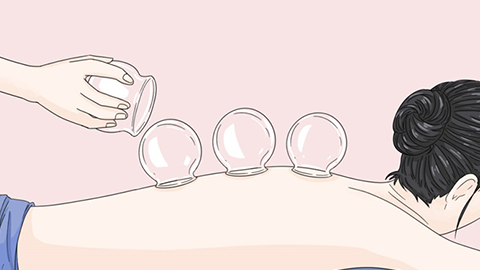Can cupping remove dampness from the body?
Generally speaking, cupping is a traditional Chinese external treatment that applies negative pressure to the skin surface and is commonly used to relieve pain, promote blood circulation, and other therapeutic purposes. Whether cupping can remove dampness from the body needs to be determined according to the individual's constitution and specific health condition. If discomfort occurs, timely medical consultation is recommended. Detailed analysis is as follows:

For individuals with a relatively robust constitution where dampness mainly manifests on the body surface or in localized areas, such as mild symptoms like shoulder and neck soreness or heaviness in the limbs, appropriate cupping therapy can stimulate the skin's meridians through negative pressure, promote local blood and qi circulation, help expel superficial dampness, and alleviate the feeling of bodily heaviness. Mild skin redness or slight perspiration after cupping are signs of dampness being expelled outward, and the body generally feels lighter afterward.
For individuals with a weak constitution or cases where dampness has penetrated into the internal organs, accompanied by symptoms such as pale complexion, fatigue, and loose stools, frequent or overly aggressive cupping may consume the body's vital energy (zheng qi), further impairing the spleen and stomach's transformation and transportation functions. This approach cannot eliminate dampness at its root and may even cause deeper retention of dampness due to insufficient vital energy. In such cases, bruising or dark purple spots may easily appear on the skin after cupping and fade slowly, while the body may feel increasingly fatigued.
Cupping sessions should not be too long, generally limited to about 10–15 minutes each time, and should not be frequently repeated on the same area. Cupping should not be performed on skin with wounds, ulcers, or allergies. After cupping, bathing or contact with cold water should be avoided immediately to prevent invasion by cold and damp pathogens. If symptoms such as dizziness, nausea, or abnormal skin reactions occur after cupping, the procedure should be stopped and the condition monitored; professional advice should be sought when necessary.







